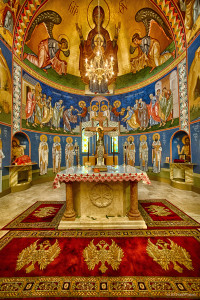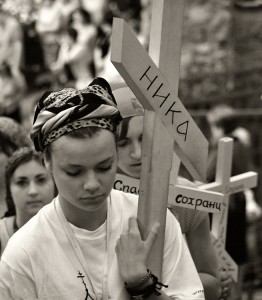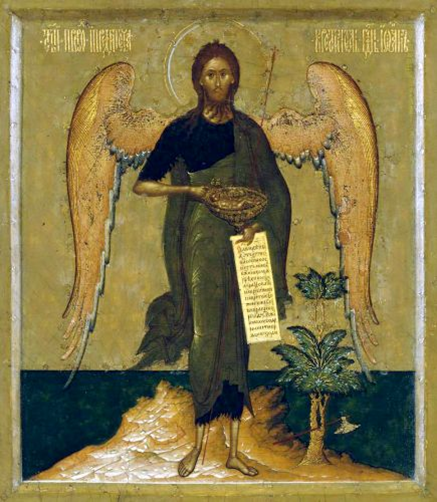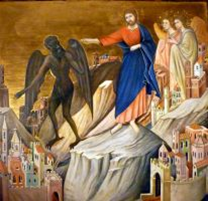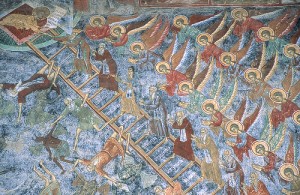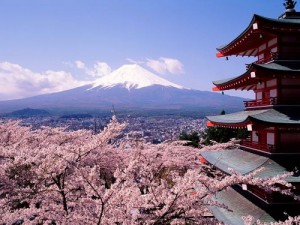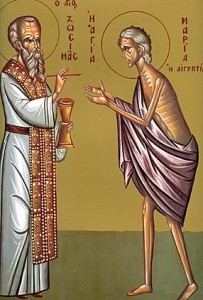![]() The First Sunday of Lent, also known as the Sunday of Orthodoxy, celebrates the restoration of icons in their proper place in Churches and in the houses of the faithful at the 7th Ecumenical Council in Nicea (787). The question immediately arises: why is it not called the Sunday of the Holy Icons? What makes icons so special that their restoration is equated with the triumph of Orthodoxy?
The First Sunday of Lent, also known as the Sunday of Orthodoxy, celebrates the restoration of icons in their proper place in Churches and in the houses of the faithful at the 7th Ecumenical Council in Nicea (787). The question immediately arises: why is it not called the Sunday of the Holy Icons? What makes icons so special that their restoration is equated with the triumph of Orthodoxy?
I will first answer the question briefly: icons are Orthodoxy and Orthodoxy is an icon. Let me now explain.
Prior to vesting for Divine Liturgy, the priest and deacon take together the ritual of “kairos”, a ritual of preparation meant to transfer us from linear time, chronos, into the… Continue reading

